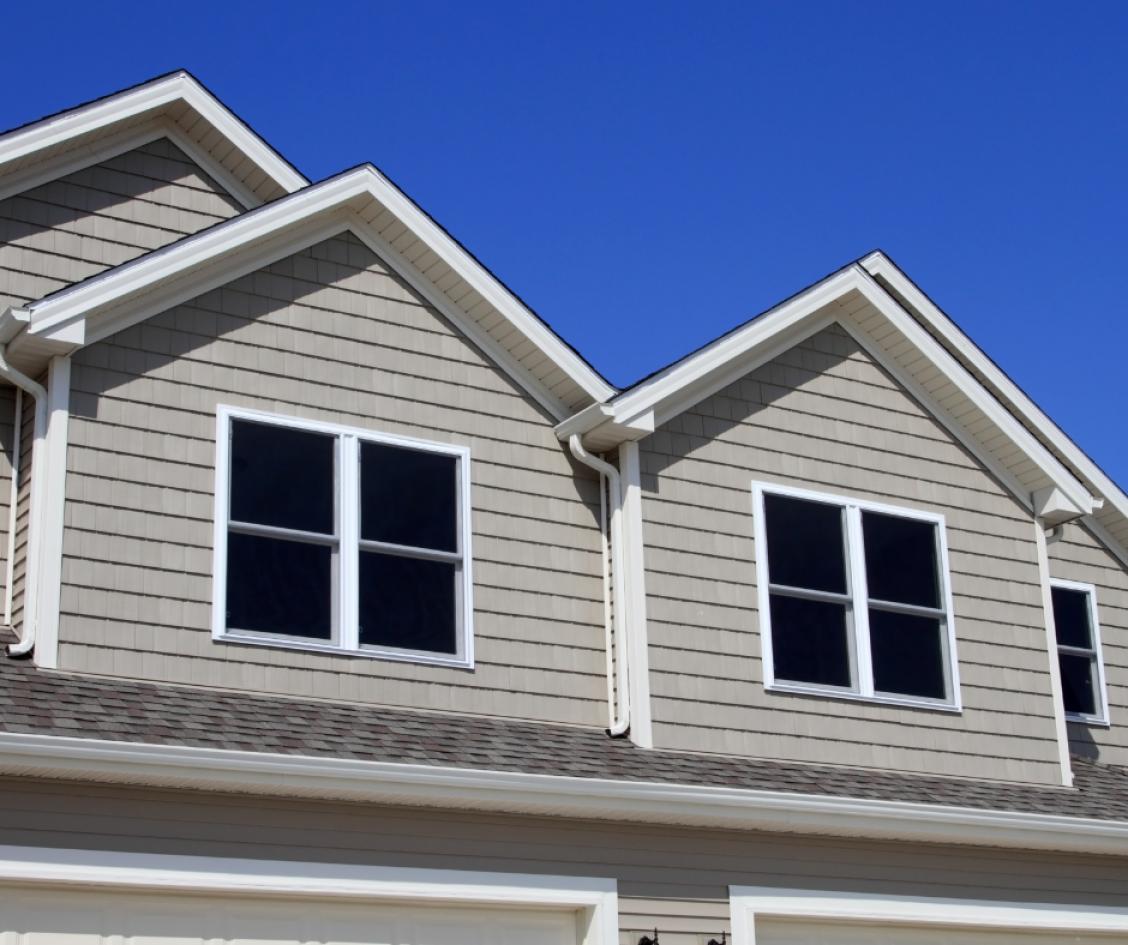Enhancing Energy Efficiency with Insulated Siding

The selection of exterior material is critical in the endeavor to construct energy-efficient homes that are visually appealing as well. Within the realm of available alternatives, insulated siding has garnered significant attention and proven to be a highly effective means of augmenting energy efficiency. This exhaustive guide aims to examine the advantages of insulated siding, including its role in providing enhanced insulation, reduced utility expenses, and an overall more comfortable living space.
Comprehension of Insulated Siding:
Insulated siding is a variety of exterior cladding that is constructed with expanded polystyrene (EPS) foam that serves as the insulation. By virtue of being incorporated into the exterior panels, this layer of insulation provides an additional barrier against heat transfer. In contrast to conventional siding materials, insulated siding serves a practical purpose by enhancing the energy efficiency of a dwelling.
Advantages of insulated siding:
1. Improving Insulation:
Insulated siding effectively mitigates thermal bridging, which refers to the process by which heat is transferred through the framing of the exterior walls. This practice guarantees a more stable and pleasant internal temperature.
Comfort Throughout the Year: The additional insulation maintains residences at a comfortable temperature in the winter and a cooler temperature in the summer. This results in a consistently pleasurable living environment over the course of the year.
2. Reduced Utility Expenses:
An increase in energy efficiency is achieved through the utilization of insulated cladding, which alleviates the burden on heating and cooling systems. Residence proprietors frequently observe a discernible reduction in energy usage, which leads to diminished utility expenses.
Return on Investment (ROI): Although insulated siding may entail a greater initial expenditure compared to conventional alternatives, the sustained cost reductions on energy expenses can yield a positive ROI. Over time, the energy savings recoup the initial investment for a significant number of homeowners.
3. Moisture Control:
Insulated sheathing functions as a highly efficient moisture barrier, effectively impeding water infiltration and thereby diminishing the likelihood of mold and mildew proliferation. By doing so, one not only enhances the interior environmental quality but also safeguards the home's structural integrity.
Additionally, the insulation layer can increase the longevity and durability of the exterior by acting as an additional barrier against the effects of severe weather.
4. Impact on Environment:
A diminished carbon footprint results from decreased energy consumption. In residential construction, insulated siding is consistent with environmentally favorable practices because it promotes energy efficiency and sustainability.
Numerous manufacturers produce insulated siding from recyclable materials, thereby contributing to the reduction of environmental impact. Because of this, householders who are environmentally conscious may opt for it when searching for sustainable building solutions.
Considerations for Installation:
The effectiveness of insulated siding can be maximized only through proper installation, despite its considerable advantages. Employing a competent contractor with prior experience in insulated siding installation guarantees the proper installation of the material, thereby reducing voids and maximizing thermal performance.
Householders who wish to improve the energy efficiency of their dwellings would do well to consider installing insulated siding. The advantages of insulated siding transcend their aesthetic value, including enhanced comfort, decreased environmental impact, superior insulation, and reduced utility bills. In light of the ongoing emphasis on energy efficiency and sustainability, householders seeking to improve their properties and the environment can consider insulated siding as a practical and influential option.


